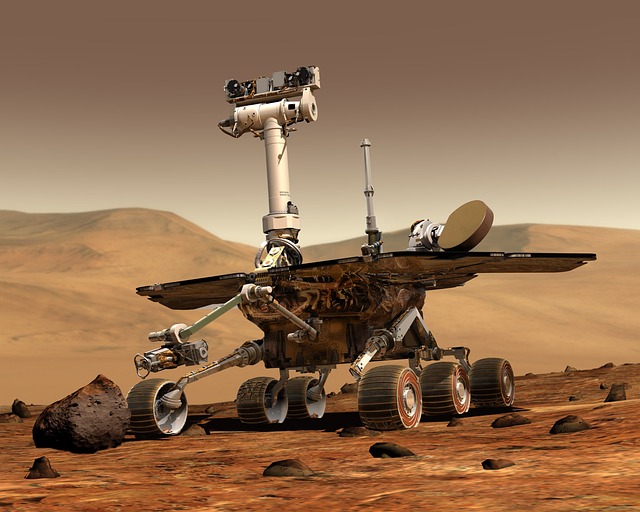In the rapidly evolving landscape of business, the integration of robotics and artificial intelligence (AI) has sparked a transformative wave that is reshaping operations across industries. To navigate this new terrain effectively, companies are increasingly turning to advanced modeling tools that help simulate, analyze, and optimize processes.
Robotics has emerged as a cornerstone of automation, significantly enhancing productivity and efficiency. By employing robots in routine tasks, organizations can free up human resources for more complex and creative work. The introduction of modeling tools allows businesses to visualize how robotics can fit within their operational framework, offering insights into how robotic systems can be integrated seamlessly into existing workflows.
On the other hand, AI is revolutionizing decision-making capabilities. With the power of machine learning, businesses can analyze vast amounts of data at remarkable speeds. Modeling tools are essential for organizations looking to leverage AI outcomes. They provide a structured approach to understanding data patterns, enabling companies to predict market trends and make informed decisions.
The power of modeling tools lies in their ability to simulate various scenarios that consider the interaction between robotics and AI. For instance, imagine a company that employs a robotic assembly line alongside machine learning algorithms that predict potential fail points. By using sophisticated modeling tools, they can create simulations that allow them to proactively address issues before they evolve into costly downtimes.
Moreover, with the growing interest in sustainability, businesses are finding that integrating robotics and AI through modeling tools can lead not just to efficiency, but also to greener practices. By optimizing resource use and reducing waste, companies can enhance their eco-friendliness while maintaining a competitive edge. This dual focus on performance and sustainability resonates deeply with today’s environmentally conscious consumers.
As the conversation around automation continues to expand, the educational aspect surrounding these modeling tools cannot be overlooked. Organizations are investing in training programs to equip their workforce with the necessary skills to use these tools effectively, fostering a culture of continuous learning. This creates an environment where employees feel empowered to adapt to technological advances, rallying them to contribute meaningfully to the company’s innovation strategies.
Embracing robotics and AI through advanced modeling tools isn’t merely a trend; it’s becoming a necessity for maintaining relevance in a competitive marketplace. Businesses that prioritize the adoption of these technologies will find themselves ahead of the curve, ready to face the challenges of tomorrow. As we delve deeper into the integration of these technologies, the role of modeling tools will undoubtedly continue to evolve, driving further innovation and ensuring businesses remain agile and responsive.
Ultimately, the adoption of robotics and AI, supported by effective modeling tools, reflects a broader shift towards a future where human ingenuity and technological advancements coalesce to unlock new levels of efficiency and creativity in the business realm.




